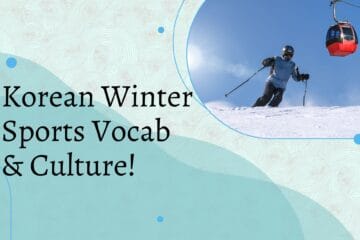Match and Memorize Hangul Game
For early beginners, Matcha is a nice Hangul game to get you started with memorizing the characters and how everything stacks together. Probably combining inspiration from games like 2048, and the Korean language’s block-like structure. The game helps new learners play with and understand the writing system a bit more.









